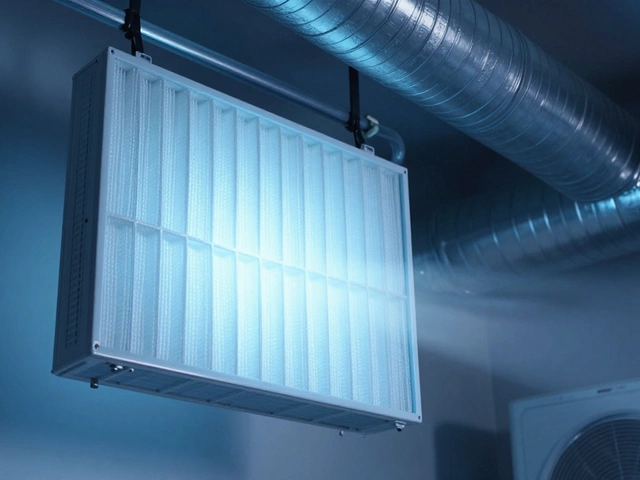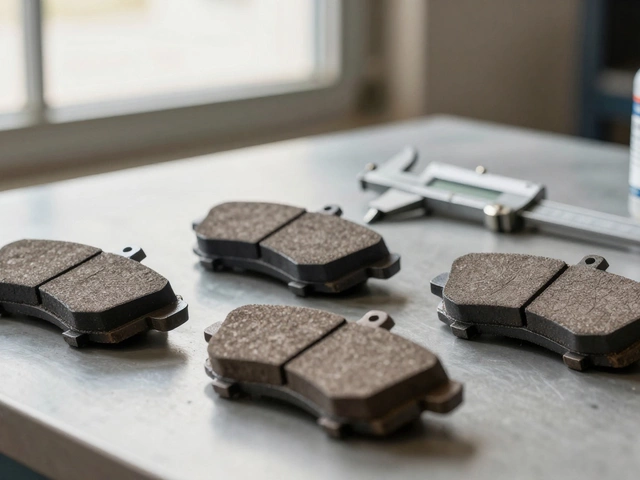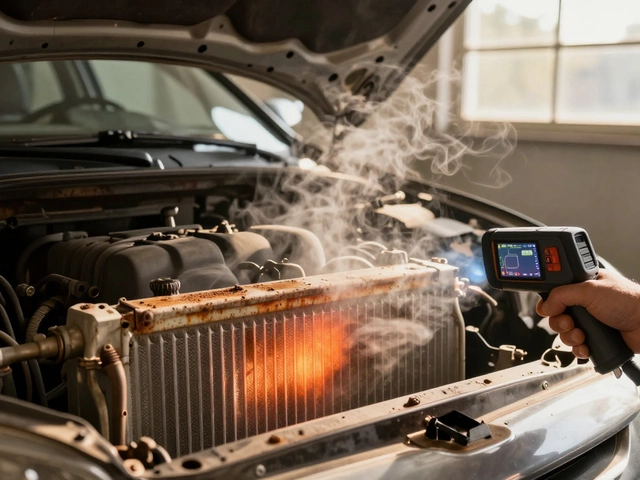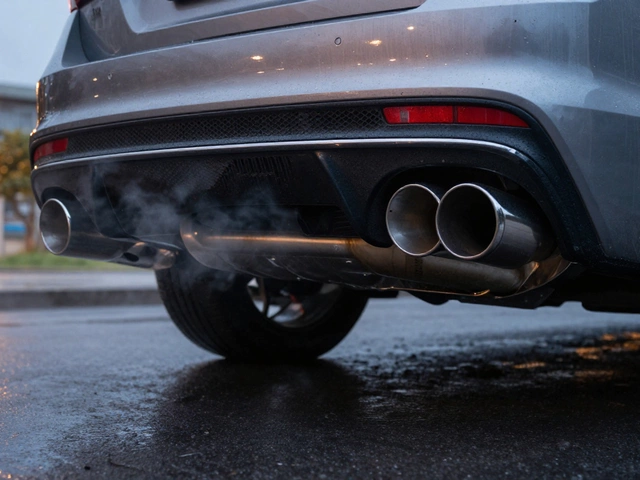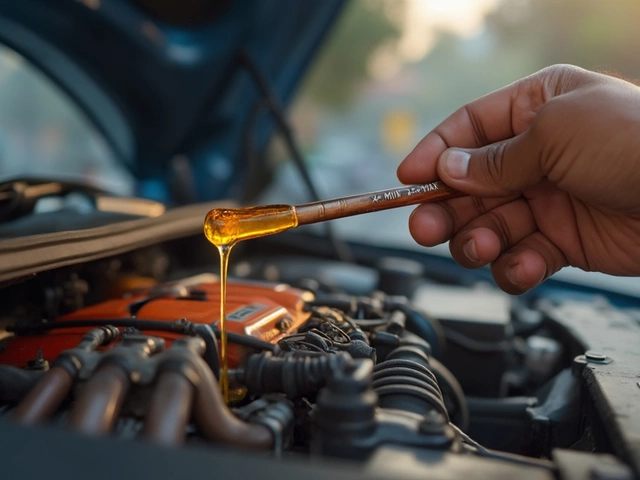Brake Caliper Pricing: What You Need to Know Before You Buy
When you start researching Brake Caliper Pricing, the range of prices you'll encounter for replacement calipers and the variables that push those numbers up or down. Also known as brake caliper cost, it matters to anyone fixing a brake wobble, upgrading performance, or simply budgeting a repair. Understanding the price tag helps you compare brake pads, the friction discs that press against the rotor inside the caliper and brake rotors, the rotating metal discs that the caliper clamps onto because all three parts share labor time and material quality. This page breaks down the main cost drivers, shows how aftermarket options stack up against OEM, and gives you a roadmap to avoid surprise bills.
Key Factors That Shape Brake Caliper Prices
First, the type of vehicle dictates the base price – a compact sedan often uses a smaller, simpler caliper than a performance coupe or an off‑road truck. Second, material choice is huge: cast‑iron calipers are cheap but heavy, while aluminum or forged‑aluminum units cost more but shed weight and improve heat dissipation. Third, brand reputation plays a role; OEM parts from the car maker carry a premium, whereas reputable aftermarket manufacturers can offer similar quality for less. Fourth, the market you buy from matters – online retailers usually list lower list prices, but you might need to factor shipping and return policies. Finally, labor cost is a hidden factor; a $150 caliper can turn into a $300 job once you add shop rates, especially if the brake line needs to be bled or the caliper must be rebuilt.
Knowing these elements lets you see how brake repair pricing, the total cost of parts plus labor for a brake system overhaul interlocks with caliper pricing. For example, if you replace worn brake pads (averaging $40‑$80 per set) and a cracked rotor ($70‑$150) at the same time, the labor time often drops from three separate jobs to one combined service, saving you roughly 20‑30% on shop rates. Also, choosing a matched set – caliper, pad, and rotor from the same brand – can reduce compatibility issues and future wear, which keeps long‑term expenses low.
To make the most of your budget, start by checking the aftermarket brake caliper, a non‑OEM part that aims to meet or exceed original specs at a lower price. Look for reviews that mention heat handling, pistons count, and seal quality. If you’re a DIY enthusiast, factor in the tools you’ll need – a torque wrench, brake fluid catch can, and possibly a caliper rebuild kit. Those upfront tool costs can pay off quickly if you plan to handle multiple brake jobs. In the next section you’ll discover how to compare prices, what red flags to watch for, and which questions to ask your shop or parts supplier.
Below you’ll find a curated collection of articles that dive deeper into each piece of the brake puzzle – from how long a brake pad replacement takes, to whether buying pads yourself saves money, and even the risks of skipping oil changes that affect overall vehicle health. Use these guides to fine‑tune your budgeting, choose the right components, and keep your brakes performing safely without breaking the bank.
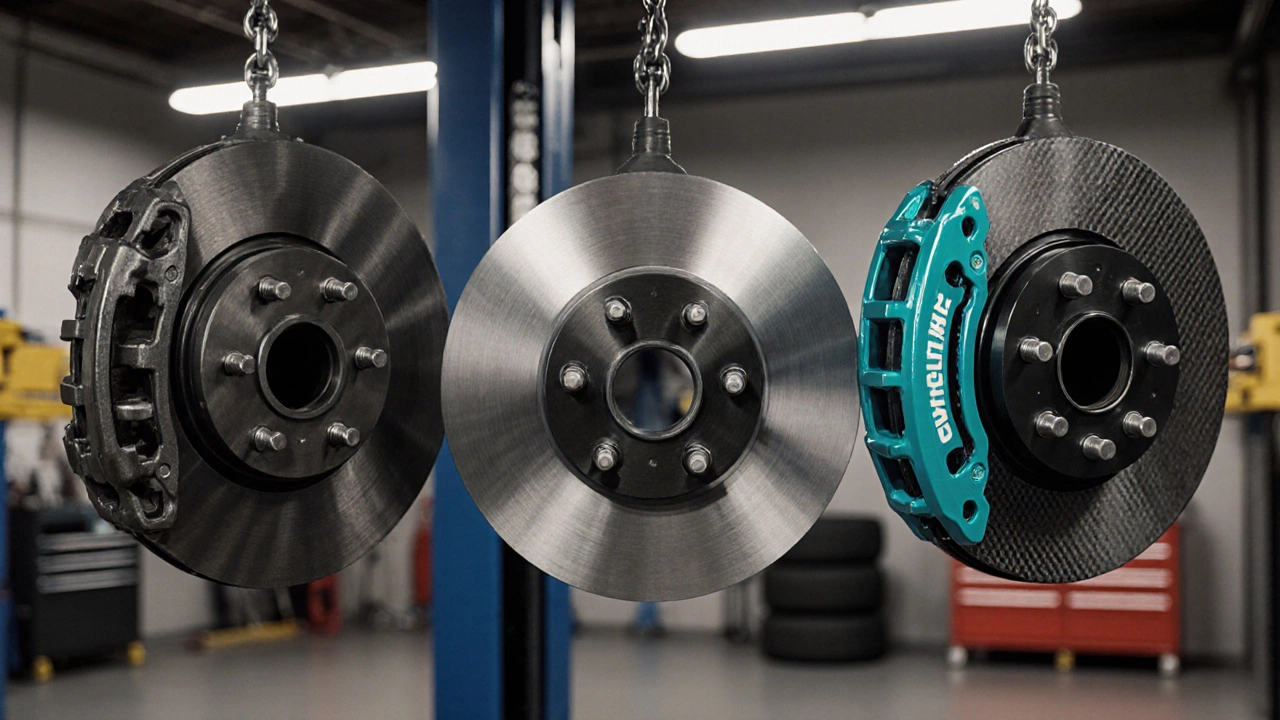
How Much Does a Brake Caliper Cost? Your Complete Price Guide
Discover the real cost of brake calipers, how prices vary by vehicle, brand and condition, and get tips for buying, installing, and avoiding common mistakes.
CONTINUE READING
